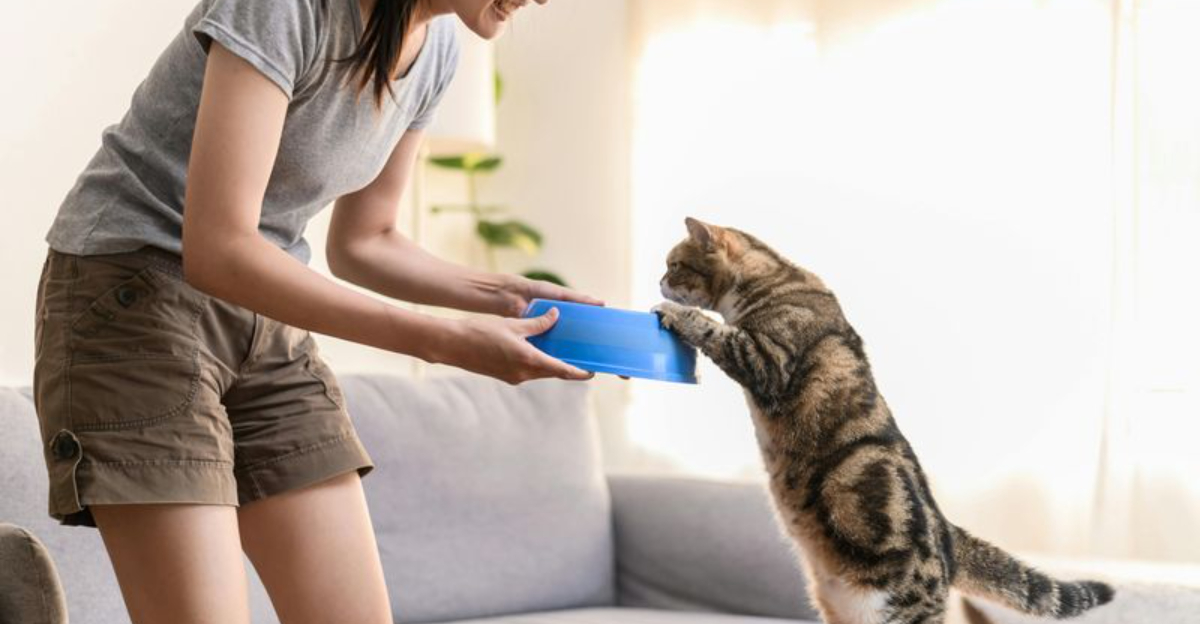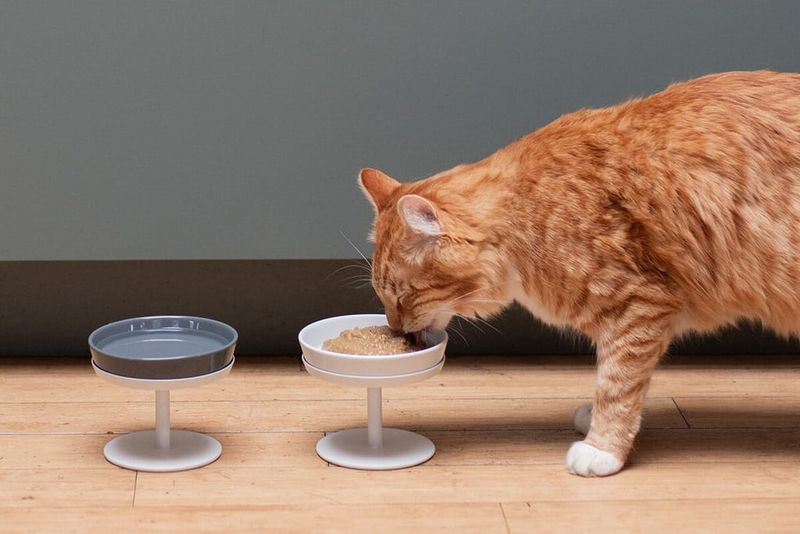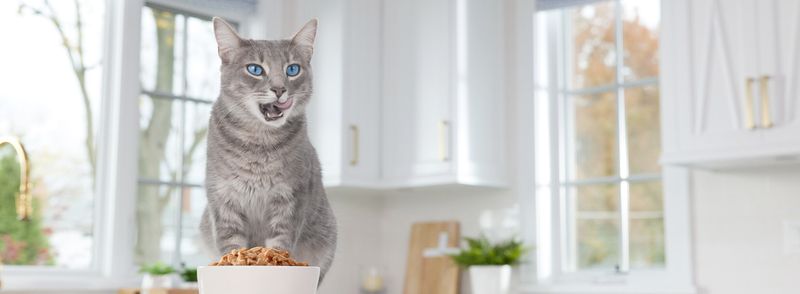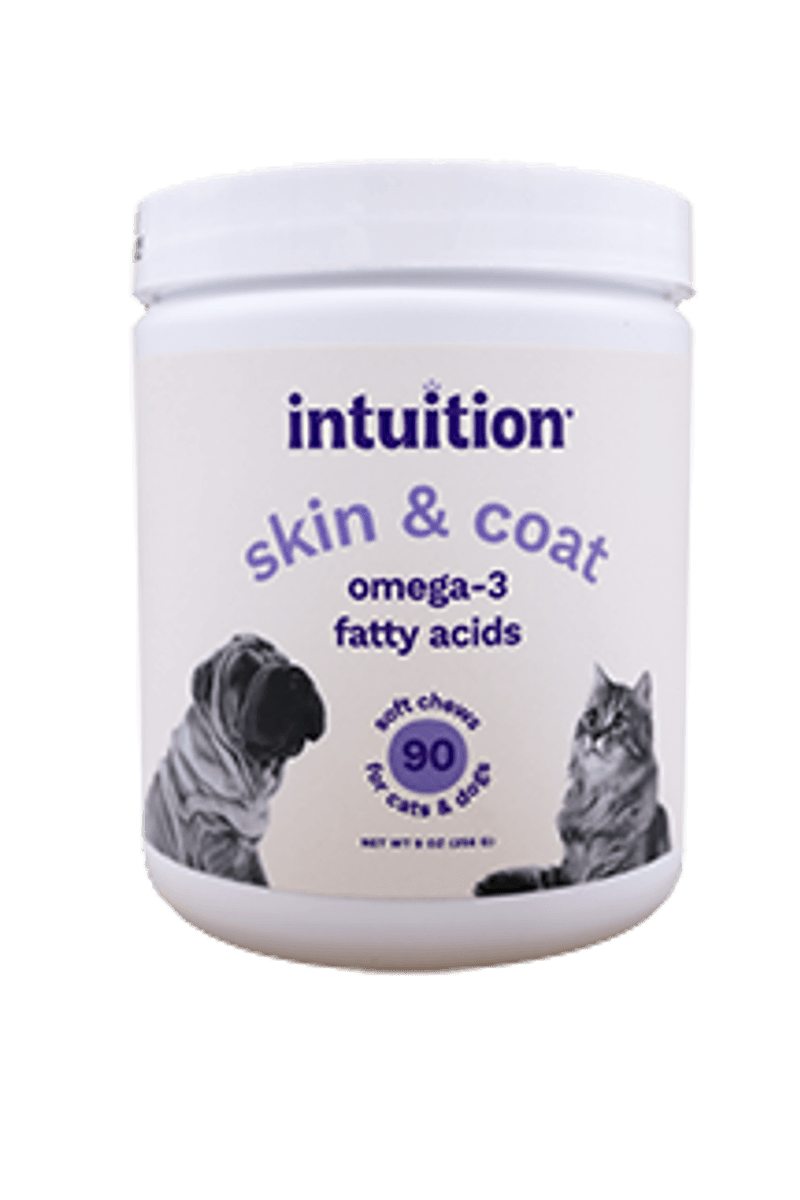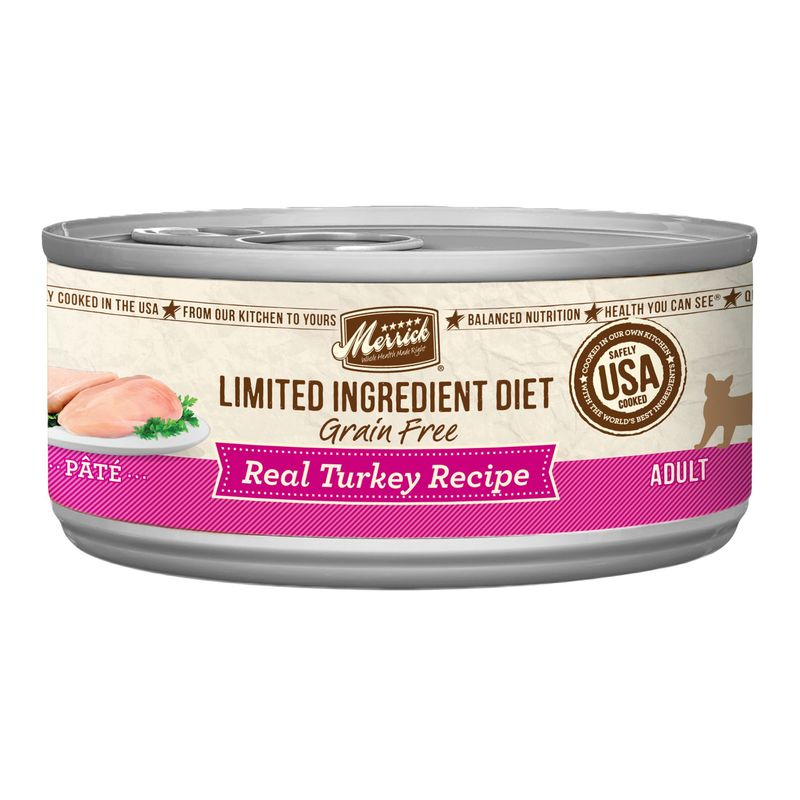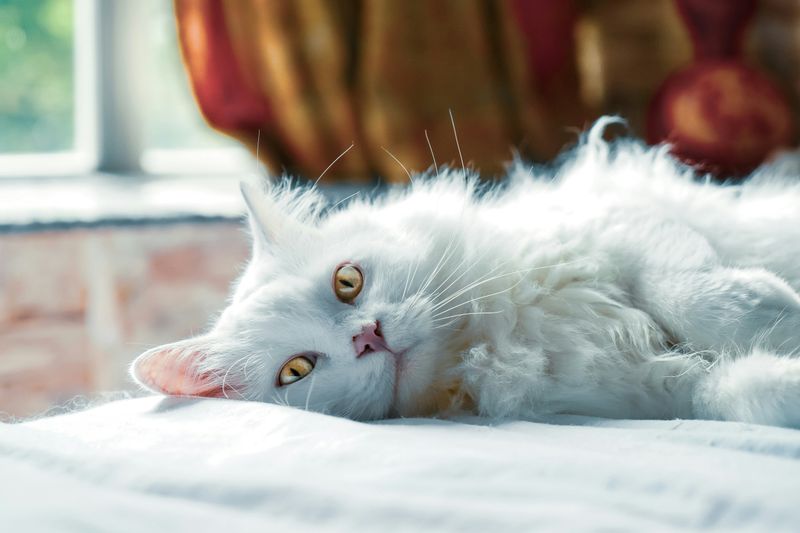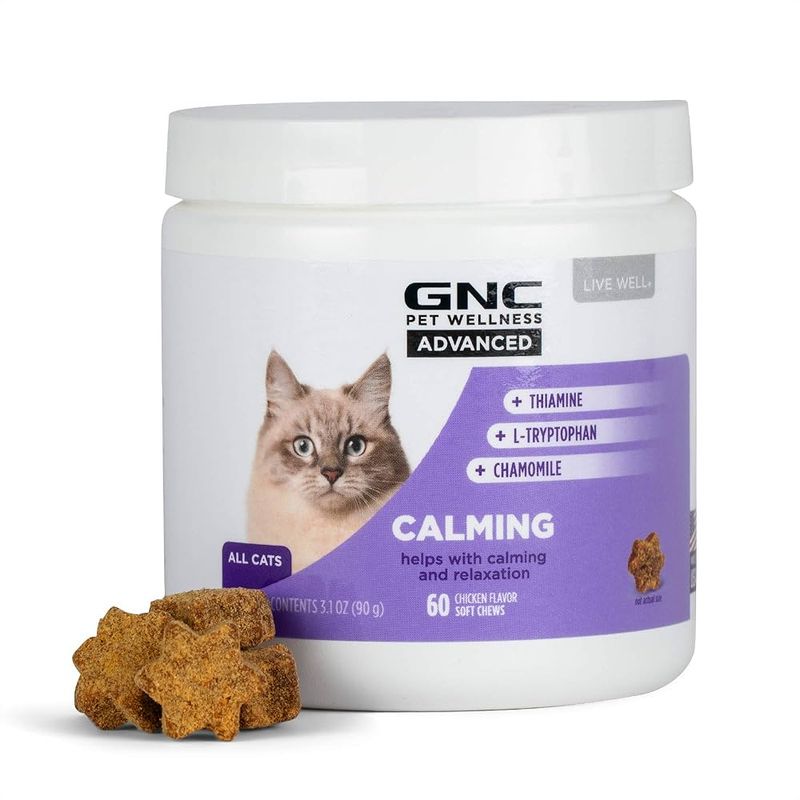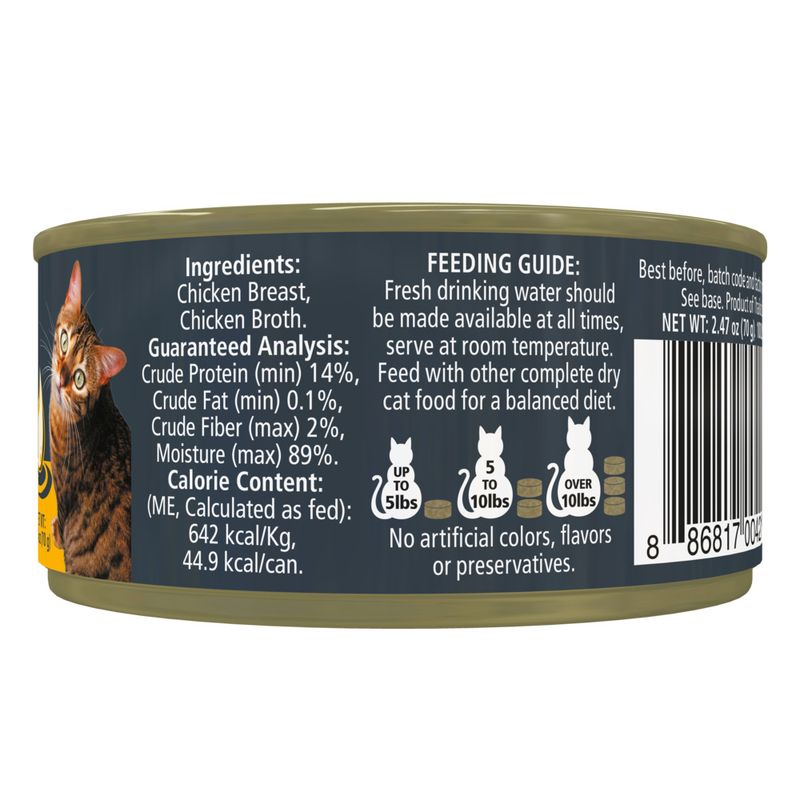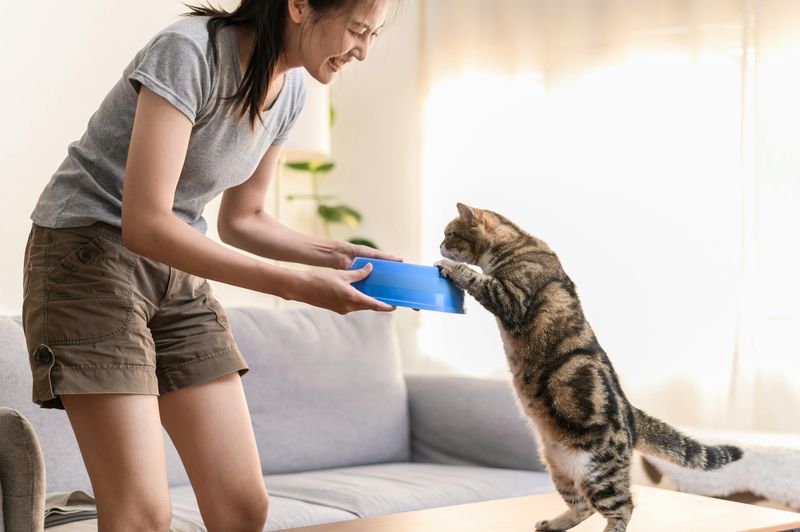📖 Table of Content:
Overgrooming in cats is more than just a quirky behavior—it can be a sign that something deeper is wrong. When a cat spends excessive time licking, biting, or pulling out fur, it often leads to bald spots, skin irritation, or even infections. While medical issues like parasites or skin conditions are common culprits, diet plays a surprisingly powerful role in influencing both skin health and behavioral responses.
Nutrition affects nearly every system in a cat’s body, from their immune response to emotional balance. Cats with food allergies, intolerances, or deficiencies often experience discomfort that manifests as compulsive grooming. In some cases, anxiety or stress-related overgrooming can also be moderated with dietary adjustments that support emotional regulation and physical well-being.
Fortunately, many cases of overgrooming can be improved—or even resolved—through thoughtful diet changes. From eliminating potential allergens to introducing anti-inflammatory nutrients, tailoring your cat’s nutrition can create noticeable improvements in their skin and behavior. Below are nine practical and evidence-backed dietary strategies that may help curb your cat’s overgrooming habits.
1. Switch to a Hypoallergenic Diet
Starting with a hypoallergenic diet can help eliminate potential allergens that may be triggering your cat’s skin irritation. Many cats develop sensitivities to common proteins like chicken or beef, which may not show up on traditional allergy tests. Switching to a novel protein, such as rabbit, venison, or duck, introduces new ingredients the cat’s system hasn’t been exposed to, which can help reset the immune response. Hydrolyzed protein diets are another vet-recommended option that break down proteins into smaller components, making them less likely to cause reactions. These specialized diets are typically only available through a veterinarian and should be fed exclusively for 8–12 weeks. During this time, it’s important to avoid treats or table scraps that might reintroduce allergens. Observing improvements over this period can help confirm if a food allergy is contributing to overgrooming.
2. Increase Moisture Through Wet Food
Boosting your cat’s hydration through wet food is a subtle but effective way to improve skin health. Dry kibble, while convenient, lacks moisture and can contribute to dry, flaky skin. Wet food varieties typically contain 70–80% water, supporting hydration and promoting more supple skin. Better skin elasticity can reduce irritation, which in turn decreases the triggers that lead to overgrooming. Some cats naturally have low thirst drives, making moisture-rich meals even more essential. This dietary change is especially important in older cats or those with underlying kidney issues, who benefit from added hydration. Over time, you may notice not only reduced grooming but also better energy and coat texture.
3. Include Skin and Coat Support Supplements
Focusing on targeted supplements like biotin, zinc, and vitamin E can strengthen the skin barrier and enhance coat quality. Biotin helps maintain fur strength and growth, while zinc plays a vital role in wound healing and immune function. Vitamin E, a natural antioxidant, helps combat cellular damage that may be causing itchiness or inflammation. You can find these nutrients in specialized skin and coat formulas designed for cats, often available in powder or chew form. Before adding supplements, it’s important to ensure your cat’s base diet is nutritionally balanced. Consulting a veterinarian helps ensure you’re not exceeding safe levels of fat-soluble vitamins. With regular use, these additions can reduce dry patches and make the fur more resilient to breakage and irritation.
4. Try a Limited Ingredient Diet (LID)
Adopting a limited ingredient diet offers a simplified formula that helps isolate and eliminate potential dietary triggers. These diets typically contain a single protein source and minimal additives, reducing the number of variables that could be causing a reaction. When fewer ingredients are present, it becomes easier to pinpoint whether a particular food is causing skin issues. Limited ingredient diets can also reduce digestive stress, which sometimes presents alongside skin symptoms. Choose brands with transparent ingredient labels and high-quality sourcing to ensure you’re not trading simplicity for poor nutrition. Over a few weeks, watch for changes in grooming patterns, as improvement may be gradual but consistent. If the overgrooming lessens, it may confirm a sensitivity that can be managed long-term through diet.
5. Check for Nutrient Deficiencies
Evaluating for deficiencies is key, especially if your cat is on a homemade or unconventional diet. Essential nutrients like taurine, vitamin B12, and high-quality protein play direct roles in skin repair and nervous system health. A deficiency in any of these can lead to coat thinning, behavioral changes, and even neurological symptoms that may include obsessive grooming. If you suspect nutritional gaps, a blood test from your vet can help confirm your cat’s status. Commercial cat foods labeled as “complete and balanced” per AAFCO standards usually cover these needs, but not all brands are created equal. Always review the nutrient panel and ingredient list with a critical eye. Ensuring proper intake across all essential vitamins and minerals may naturally reduce the urge to overgroom.
6. Offer Anti-Anxiety Support Through Food
Supporting emotional well-being through food can be a game-changer for cats who groom excessively due to stress. Special veterinary diets like Hill’s Prescription Diet c/d Stress or Royal Canin Calm contain ingredients such as L-tryptophan and casein derivatives that promote relaxation. These components help regulate serotonin levels, which can influence behavior and mood. By reducing the internal anxiety that often fuels compulsive grooming, these diets address the problem at its root. Behavioral improvements may appear within a few weeks of consistent feeding. Combine this with a calm home environment to maximize results. Cats prone to anxiety due to changes in routine, environment, or social tension may especially benefit from this dual-support approach.
7. Avoid Artificial Additives
Eliminating artificial additives from your cat’s food can help reduce skin sensitivity and allergic reactions. Ingredients like artificial colors, preservatives (BHA/BHT), and synthetic flavorings have been linked to health concerns in sensitive pets. Even if not the direct cause of overgrooming, these compounds can act as irritants that exacerbate underlying issues. Switching to natural, minimally processed foods can help detox the system and promote skin recovery. Look for labels that emphasize whole food ingredients and avoid ambiguous terms like “meat by-products.” Over time, the absence of these additives may lead to fewer flare-ups and better coat condition. As always, introduce new foods gradually to monitor your cat’s response.
8. Feed Smaller, Frequent Meals
Feeding your cat smaller meals more frequently throughout the day can have behavioral and physiological benefits. In some cases, cats overgroom out of boredom, especially if they’re alone during the day with little stimulation. Scheduled feedings help break up the monotony and create a routine that can reduce anxiety-driven grooming. Smaller portions also improve digestion and nutrient absorption, which supports overall health and coat maintenance. Use a puzzle feeder or timed dispenser to add enrichment during meals. This small adjustment in feeding schedule can provide mental stimulation that distracts from grooming compulsions. It’s an easy, low-cost change that fits well with other dietary strategies.
